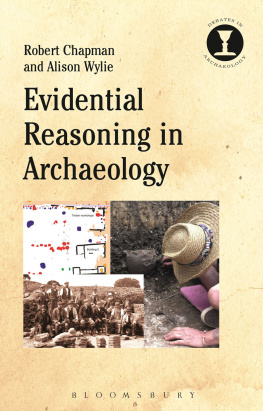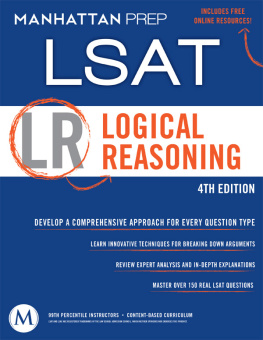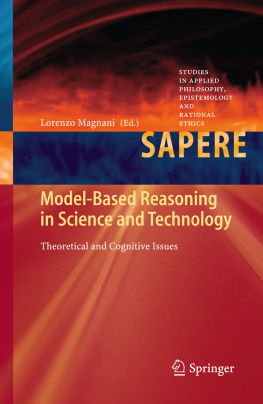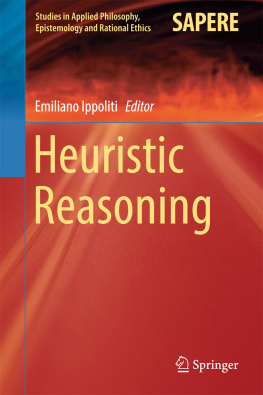Batterman, Robert W. Associate Professor of Philosophy, Ohio State University
The Devil in the Details
Asymptotic Reasoning in Explanation, Reduction, and Emergence
Print ISBN 0195146476, 2001
doi:10.1093/0195146476.001.0001
Abstract: This book focuses on a form of reasoning in science that I call "asymptotic reasoning." At base, this type of reasoning involves methods that eliminate details and, in some sense, precision. Asymptotic reasoning has received systematic treatment in physics and applied mathematics, but virtually no attention has been paid to it by philosophers of science. I argue that once one understands the role played by asymptotic reasoning in explanatory arguments of scientists, our philosophical conceptions of explanation, reduction, and emergence require significant modification.
Keywords: asymptotics,Batterman,emergence,explanation,limits,multiple realizability,philosophy of science,reduction,renormalization group,scientific understanding,universality
Oxford Studies in Philosophy of Science
The Book of Evidence
Peter Achinstein
Science, Truth, and Democracy
Philip Kitcher
The Devil in the Details: Asymptotic Reasoning
in Explanation, Reduction, and Emergence
Robert W. Batterman
end p.ii

198 Madison Avenue, New York, New York 10016
Oxford University Press is a department of the University of Oxford
It furthers the University's objective of excellence in research, scholarship,
and education by publishing worldwide in
Oxford New York
Auckland Bangkok Buenos Aires Cape Town Chennai
Dar es Salaam Delhi Hong Kong Istanbul Karachi Kolkata
Kuala Lumpur Madrid Melbourne Mexico City Mumbai Nairobi
So Paulo Shanghai Taipei Tokyo Toronto
Copyright 2002 by Oxford University Press, Inc.
Oxford is a registered trademark of Oxford University Press
All rights reserved. No part of this publication may be reproduced,
stored in a retrieval system, or transmitted, in any form or by any means,
without the prior permission in writing of Oxford University Press,
or as expressly permitted by law, or under terms agreed with the appropriate
reprographics rights organization. Enquiries concerning reproduction
outside the scope of the above should be sent to the Rights Department,
Oxford University Press, at the address above
Library of Congress Cataloging-in-Publication Data
Batterman, Robert W.
The devil in the details: asymptotic reasoning in explanation, reduction,
and emergence/Robert W. Batterman
p. cm.
ISBN 0-19-514647-6
1. Reasoning. 2. Science Philosophy.
3. Science Methodology. 1. Title.
Q175.32.R45 B37 2002
153.4'3-dc21 2001047453
end p.iv
Acknowledgments
This book is the result of many years of trying to understand certain aspects of the relations that obtain between distinct physical theories. Much of my research has been guided by the clear and fascinating work of Professor Sir Michael Berry. As is clear to anyone who reads this book, my intellectual debt to Professor Berry is very great indeed.
I also owe much to my teacher Lawrence Sklar, who taught me, among many other things, how to approach philosophical issues in the foundations of physical theory. My aim, unfortunately only asymptotically realized, has been to apply this knowledge to gain insight into some of these philosophical debates.
Mark Wilson, too, has been a great help and a source of encouragement. I want to especially thank him for many discussions that have helped me sharpen my presentation of the issues considered in the book.
Many people have aided me in my research. I wish to thank William Wimsatt for many discussions about intertheoretic reduction. Roger Jones has helped me get clear about many of the issues discussed in this book. William Taschek and Diana Raffman listened to my ramblings about multiple realizability and universality for so long that it is difficult to express sufficiently my gratitude for their tremendous help and patience. Justin D'Arms was of great help in getting clear about many aspects of the arguments that appear in this book. Sylvia Berryman has been a superb colleague. She read and provided valuable comments on virtually every chapter of the book. I would also like to thank Daniel Farrell, Dion Scott-Kakures, Joseph Mendola, George Pappas, and Alex Rueger for helpful comments and discussions, both substantive and strategic, about the writing of this book.
Several anonymous referees provided valuable criticism and commentary. I hope that I have been able to address at least some of their worries.
I would also like to acknowledge the generous support of the National Science Foundation for several grants that allowed me to pursue the research for this book.
Some of the material in this book has been taken from previously published papers. I wish to acknowledge Blackwell Publishers for permission to use material from "Explanatory Instability," Nous, 36, pp. 325- 348, (1992). Similar thanks to Kluwer Academic Publishers for permission to use material from "Theories Between Theories...," Synthese, 103, pp. 171- 201, (1995) and to Oxford University Press for permission to use of material from "Multiple Realizability and Universality," British Journal for the Philosophy of Science, 51, pp. 115- 145, (2000).
Finally, I would like to thank Carolyn for once glancing accidentally at a page of this book, and for giving me the title. I also want to thank Monty for taking me for walks to clear my head.
end p.vii













